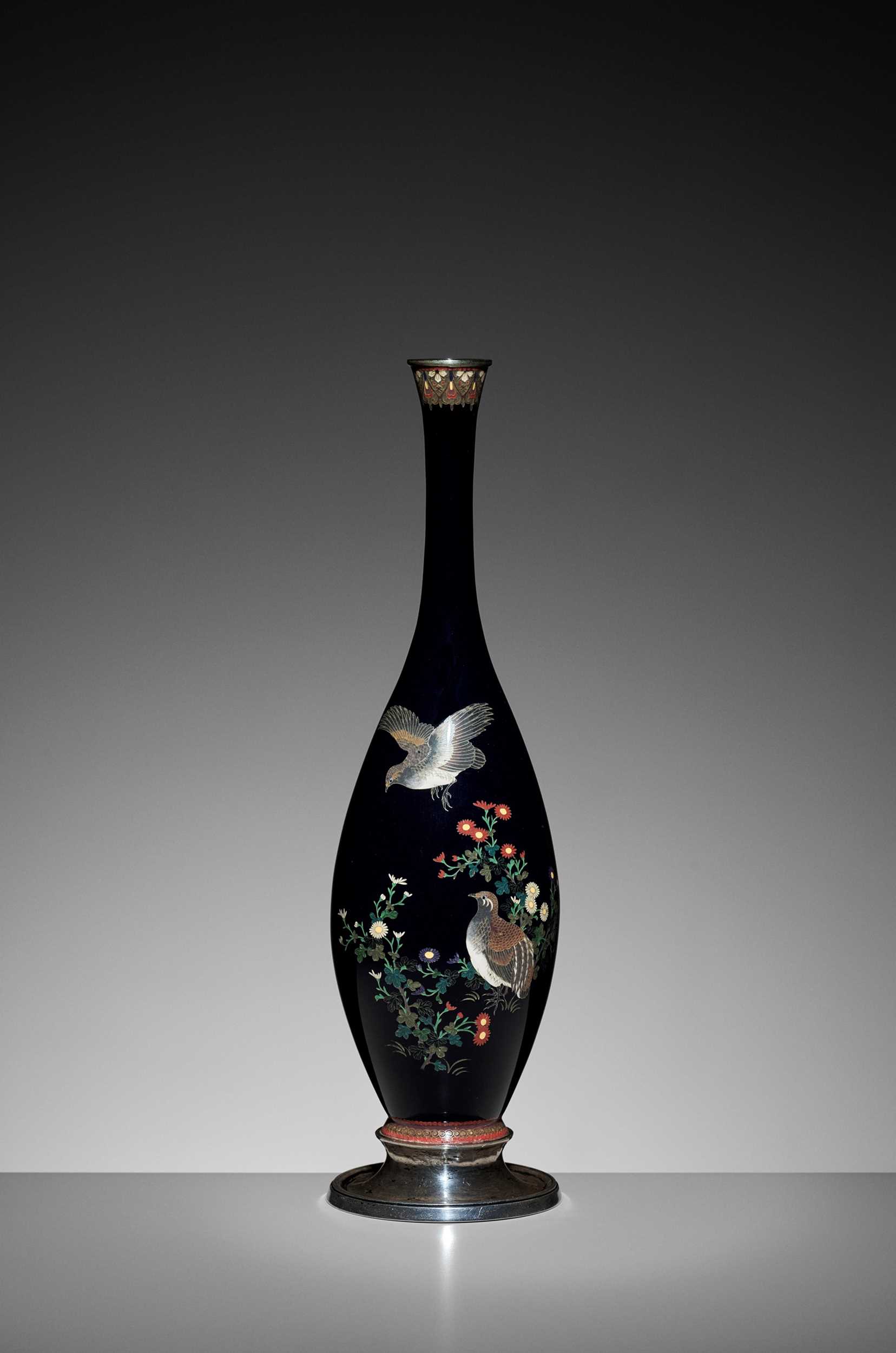Attributed to the workshop of Antonio Canova (Italian 1757-1822). An early 19th century marble bust of Beatrice, 48.9cm high, 29.4cm wide. Antonio Canova is generally considered to be the greatest neo-classical sculptor. The original bust began as a portrait of the beauty Madame Récamier. Canova's original plaster bust did not please Récamier so he decided not to carve a marble version. Instead, he idealized his sitter's features, transforming the bust into a 'testi ideali' of Beatrice, muse of the poet Dante. The ideal head was a type of marble bust created by Canova to present images of perfect beauty. The original was first modelled in plaster in 1818 and the first autograph marble version was given to Count Leopoldo Ciconara and his wife, Lucia Fantinati, in gratitude for their work on the artist's biography in the Storia della Scultura.
Attributed to the workshop of Antonio Canova (Italian 1757-1822). An early 19th century marble bust of Beatrice, 48.9cm high, 29.4cm wide. Antonio Canova is generally considered to be the greatest neo-classical sculptor. The original bust began as a portrait of the beauty Madame Récamier. Canova's original plaster bust did not please Récamier so he decided not to carve a marble version. Instead, he idealized his sitter's features, transforming the bust into a 'testi ideali' of Beatrice, muse of the poet Dante. The ideal head was a type of marble bust created by Canova to present images of perfect beauty. The original was first modelled in plaster in 1818 and the first autograph marble version was given to Count Leopoldo Ciconara and his wife, Lucia Fantinati, in gratitude for their work on the artist's biography in the Storia della Scultura.














.jpg)
Testen Sie LotSearch und seine Premium-Features 7 Tage - ohne Kosten!
Lassen Sie sich automatisch über neue Objekte in kommenden Auktionen benachrichtigen.
Suchauftrag anlegen